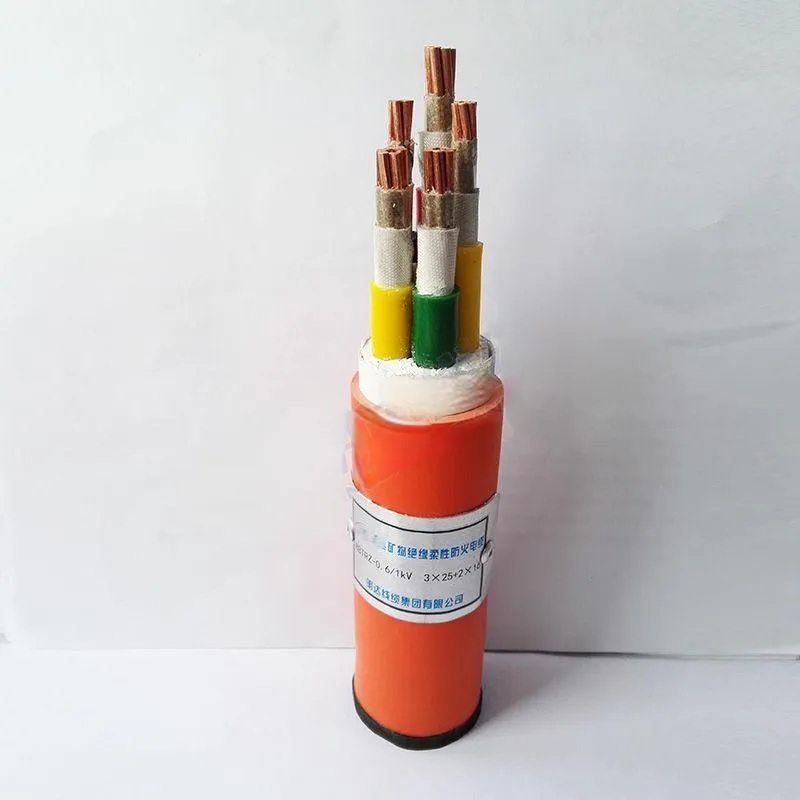Nov . 27, 2024 22:40 Back to list
Understanding the Applications and Benefits of Rubber Joints in Various Industries
Understanding Rubber Joints Their Design, Applications, and Benefits
Rubber joints, also known as rubber expansion joints or flexible joints, are essential components in a wide range of industrial applications. These joints are designed to accommodate movement, absorb vibrations, and reduce noise in piping systems, making them a critical element in various fields such as plumbing, HVAC, and manufacturing. In this article, we will explore the design, applications, and benefits of rubber joints, shedding light on why they are indispensable in modern engineering.
Design and Composition
Rubber joints are typically made from high-quality elastomers such as natural rubber, synthetic rubber (like EPDM, Neoprene, or Nitrile), or a blend of these materials. The choice of material depends on several factors, including temperature tolerance, chemical compatibility, and application-specific requirements.
The design of rubber joints often features a unique configuration that allows for flexibility and movement. They can be designed with various lengths, diameters, and shapes to fit different systems. Common features include corrugated surfaces or reinforced fabric layers that enhance durability and flexibility. Some rubber joints are equipped with flanges or threaded ends for easy installation into existing piping systems.
Applications
The versatility of rubber joints makes them suitable for numerous applications across various industries
1. Piping Systems Rubber joints are primarily used in piping systems to connect sections of pipes while allowing for thermal expansion and contraction. This flexibility helps to prevent damage to pipes due to pressure changes or environmental conditions.
2. HVAC Systems In heating, ventilation, and air conditioning (HVAC) systems, rubber joints help in reducing vibrations produced by fans and compressors. By absorbing these vibrations, rubber joints protect the integrity of the overall system and minimize noise levels in buildings.
4. Marine Applications The marine industry employs rubber joints for shipbuilding and repair, where flexibility is crucial due to the constant movement and vibrations experienced at sea.
rubber joint

5. Manufacturing and Machinery Many industrial machines utilize rubber joints to connect components while reducing the transmission of vibrations, which can improve operational efficiency and extend the equipment's lifespan.
Benefits
Rubber joints offer numerous benefits that enhance their appeal in industrial settings
1. Flexibility The primary advantage is their ability to accommodate movement in piping systems, thus preventing stress on joints and connections that could lead to failures.
2. Vibration and Noise Reduction By absorbing vibrations, rubber joints help minimize noise pollution, creating a more comfortable working environment.
3. Corrosion Resistance Many rubber materials are resistant to various chemicals and environmental factors, increasing the longevity of the joints and the systems they are part of.
4. Cost-Effectiveness Rubber joints are generally easier and less expensive to install compared to rigid joints or metal joints, leading to lower overall project costs.
5. Maintenance and Replacement Rubber joints can often be easily replaced without the need for extensive modifications to the existing piping system, simplifying maintenance procedures.
Conclusion
Rubber joints play an indispensable role in modern industrial applications, offering flexibility, noise reduction, and resistance to environmental stressors. Their versatile design accommodates a wide range of uses, from everyday plumbing to specialized manufacturing processes. As industries continue to evolve and require more efficient and resilient solutions, the importance of rubber joints will only grow, securing their place as a fundamental component in engineering and construction. By understanding their functions and advantages, industries can better utilize these joints for enhanced performance and longevity of their systems.
Share
-
Reliable Wafer Type Butterfly Valves for Every IndustryNewsJul.25,2025
-
Reliable Flow Control Begins with the Right Ball Check ValveNewsJul.25,2025
-
Precision Flow Control Starts with Quality ValvesNewsJul.25,2025
-
Industrial Flow Control ReliabilityNewsJul.25,2025
-
Engineered for Efficiency Gate Valves That Power Industrial PerformanceNewsJul.25,2025
-
Empowering Infrastructure Through Quality ManufacturingNewsJul.25,2025